Hazelnut Tree Lifespan – How Long Do These Trees Live?
Most hazelnut trees live for 30-40 years under ideal growing conditions. However, some trees may survive up to 50 years.
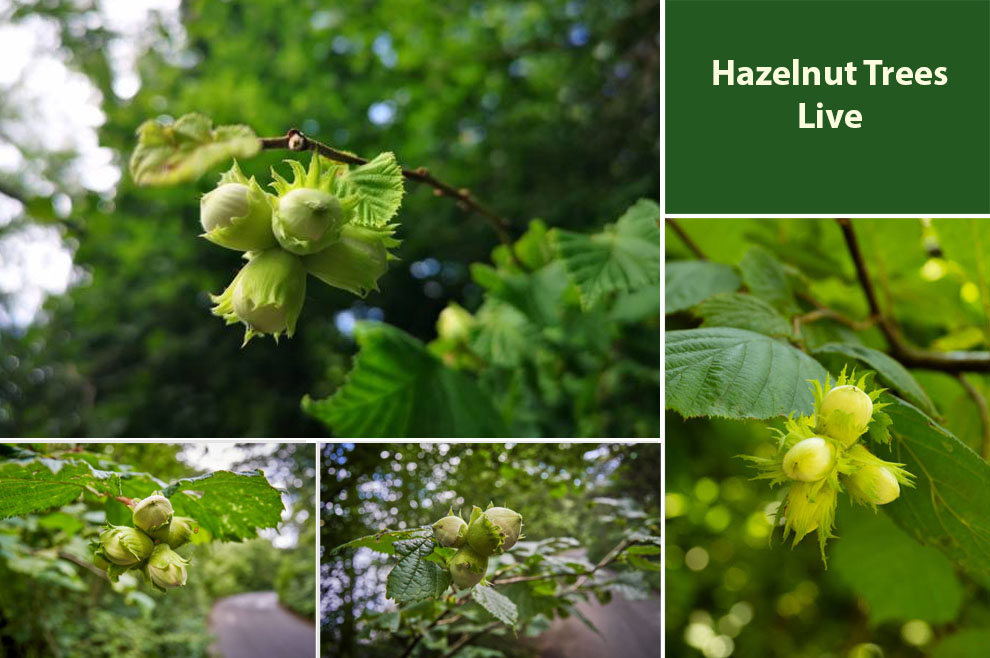
Hazelnuts are a good source of protein and are extremely nutritious. Different species in the Corylus genus produce edible nuts known as hazelnuts or filberts. It can take 6 to 8 years for the hazelnut tree to mature, but they can live for many years.
It is a perennial tree that can reach a height of 10 to 20 feet. Talking about hazelnut tree lifespan, some trees can go on to live for 50 years i.e. 10 years more than their average lifespan of about 40 years.
Hazelnut Tree Information
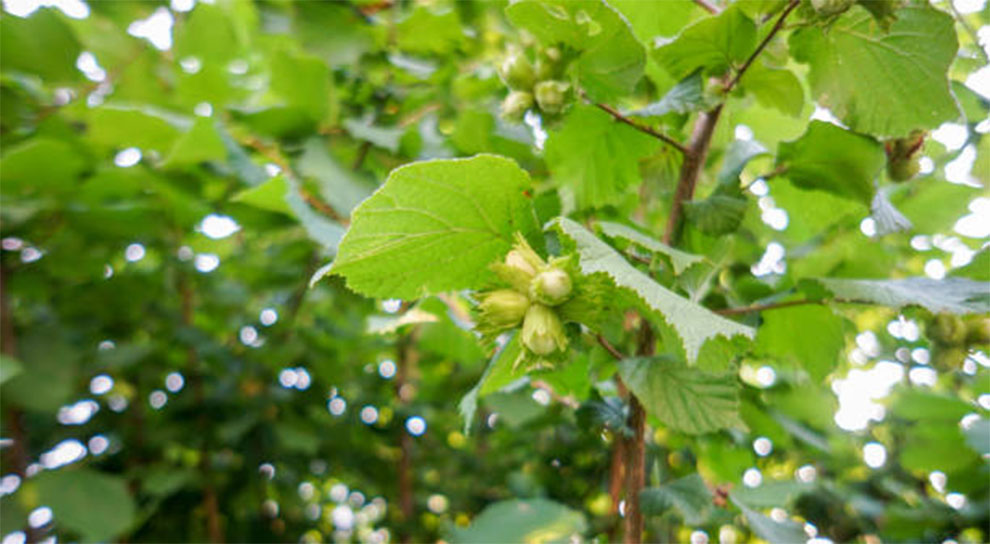
Growing hazelnuts may be easier than you think, but you should be in hardiness zones 4 to 9 for your hazelnut tree to thrive well. Certain varieties do well in zones 4 to 6 and also in 7 to 9.
Hazelnuts are native to many parts of the Northern Hemisphere. You can find them growing wild in cool deciduous forests.
Hazelnut trees are very hardy and can deal with cold and wet climates. They do not have many special needs. If you have problem areas in your garden, you can plant hazelnut trees there and still they will go on to produce nuts.
Since they are quite compact and can be pruned easily, hazelnuts are a great choice if you do not have much space in your home for growing trees.
Growing Hazelnut Trees
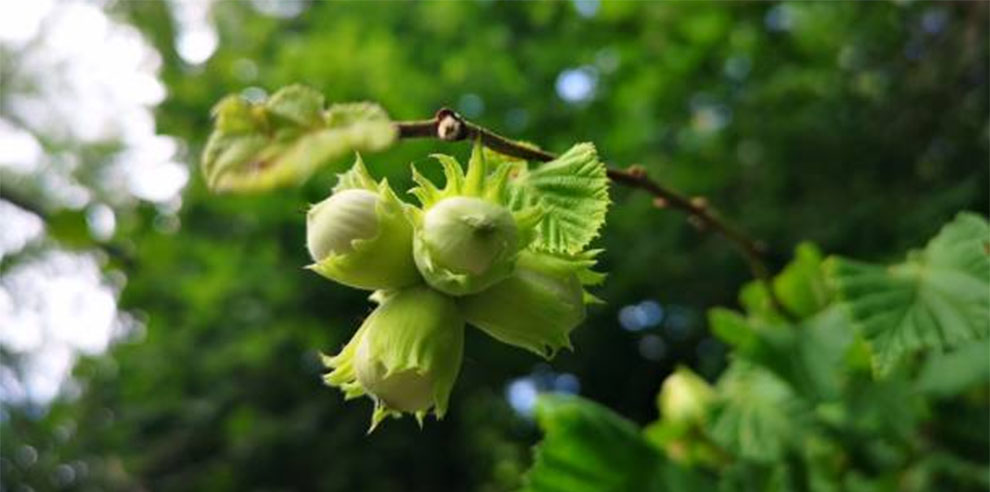
While growing different types of hazelnut trees, you just need to keep one thing in mind i.e. patience. A newly planted hazelnut tree doesn’t start producing fruits until it is established. It takes around 3 to 4 year to bear fruit and if you grow them from seed, then it may take them from 8 to 9 years.
When you start off you might get small fruits, but as the tree matures, the crop size increases. A ripe hazelnut can produce up to 25 pounds of nuts per year. Once a tree starts producing nuts, it can give you a new harvest every year for at least 50 years.
Plus, it is extremely important to grow more than one hazelnut tree as they require crosspollination for producing nuts. Hazelnut trees are pollinated by wind. So, before purchasing a hazelnut tree, it is essential to check with your nursery for compatible species.
Planting them in a group also helps for the pollen to drift from one tree to another. Though, keep in mind that other trees from neighborhood can pollinate hazelnut too. Creating a grove of various varieties can also help with pollination. You just need to check the compatibility of pollination for the trees.
If you are one of them who have been thinking of owning a hazelnut tree but have been skeptical due to spacing, water requirements and other issues, go ahead and pick one.
Hazelnut Tree Lifespan
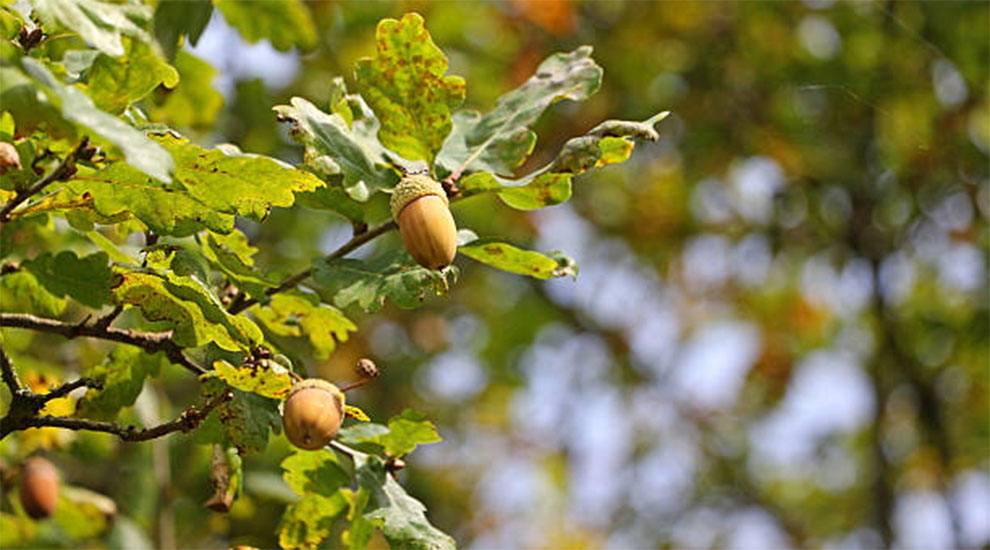
The lifespan of a hazelnut tree can vary depending on the specific variety and growing conditions. In general, most hazelnut trees will live for about 30-40 years, with some trees potentially living for up to 50 years under ideal conditions.
However, many commercial orchards will replace hazelnut trees around the 20-year mark in order to maintain optimal productivity.
Hazelnut trees are relatively hardy and can withstand a wide range of growing conditions. They are able to tolerate cold temperatures and can be grown in areas with cold winters, as well as in areas with mild winters. They also have a moderate tolerance to drought and can grow in areas with low rainfall.
Hazelnut Tree Propagation & Problems
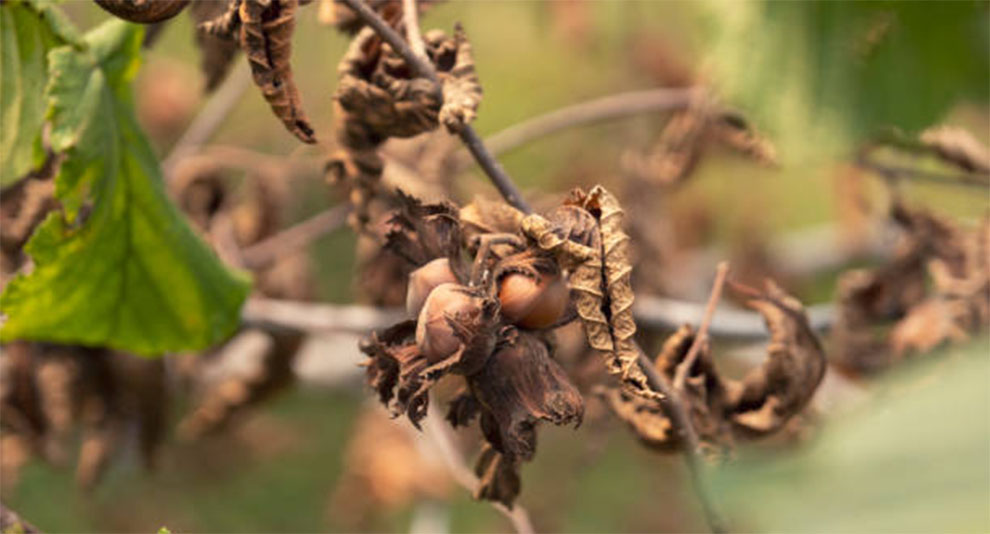
Hazelnut trees are typically propagated by grafting, which allows for the production of trees with specific characteristics and improved productivity. Grafted trees tend to have a shorter lifespan than a tree planted through seeds, as they are more prone to disease and pests.
One of the biggest challenges for hazelnut tree growers is the Eastern Filbert Blight (EFB), a fungus that can infect the tree and cause cankers on the branches, which can eventually lead to the death of the tree.
Proper cultural practices and regular monitoring of EFB can help prolong the lifespan of a hazelnut tree.
In general, hazelnut trees are relatively easy to care for and can be a valuable crop for farmers and growers. So, if you have been thinking how long do hazelnut trees live, then know that with proper care and management, they can produce nuts for many years, making them a long-term investment in an orchard or farm.
Where Do Hazelnut Trees Grow Best?
Hazelnuts grow best in USDA hardiness zones 4 – 9.
Do Hazelnut Trees Grow Fast?
Hazelnuts are considered to be slow-growing trees. They typically take several years to reach maturity and begin producing nuts. Factors such as the tree’s variety, growing conditions, and overall health can affect the rate of growth.
How Big Does A Hazelnut Tree Get?
Hazelnut trees can grow to be quite large, depending on the variety. Some varieties can reach heights of up to 20 feet, with a similar spread. However, most commercial cultivars are smaller, often around 8-12 feet tall. The size of the tree can also be controlled by pruning and training.
Why Is My Hazelnut Tree Dying?
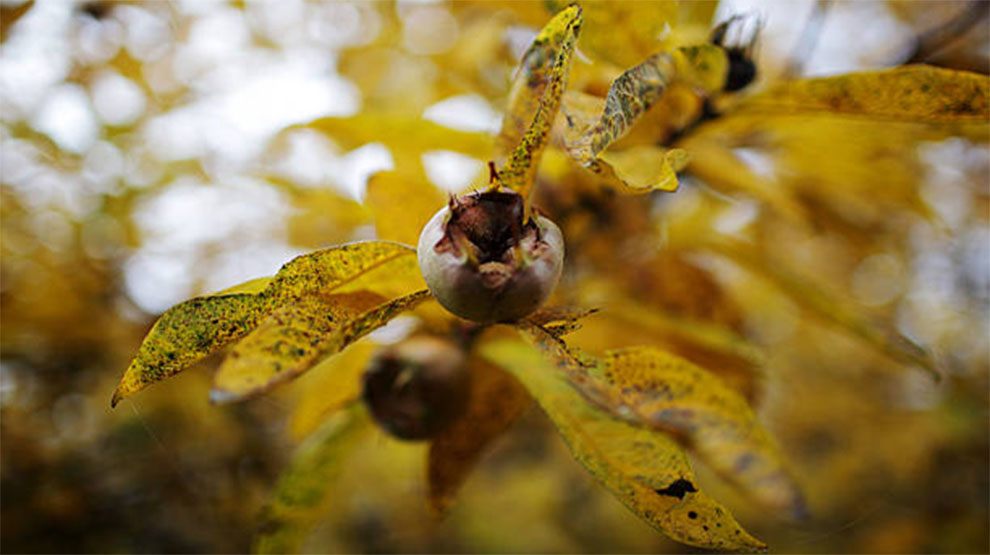
There are several pests and diseases that can affect hazelnut tree lifespan. Some common ones include:
- Eastern filbert blight: A fungal disease that can cause cankers on the branches and trunk, leading to dieback and eventually death of the tree.
- Hazelnut aphid: These small insects feed on the sap of the tree, causing leaf curl and reduced nut production. Heavy infestations can weaken or kill the tree.
- Bud mite: These tiny mites can cause the buds of the tree to fail to open in the spring, resulting in reduced nut production and dieback.
- Western filbert blight: This is another fungal disease caused by Anisogramma anomala which can cause cankers on the branches and trunk, leading to the death of the tree.
- Root rot: Caused by Phytophthora cinnamomi can cause the tree to wilt and die.
It is important to identify the specific problem in order to take the appropriate action to save the tree.
When Do Hazelnut Trees Produce Nuts?
Hazelnut trees typically begin producing nuts when they reach maturity, which can take several years. The exact time at which a tree begins to produce nuts can vary depending on the variety, growing conditions, and overall health of the tree.
Most hazelnut varieties will begin to produce a small crop in their 4th or 5th year, but full production is not reached until 8-10 years. Some varieties can even take up to 15 years to start producing nuts.
Once established, hazelnut trees will typically produce a crop annually. The best time to harvest hazelnuts is when the husk splits open and the nuts inside are fully developed and brown in color. This usually happens in late summer or early fall.
Can You Eat The Nut Directly From The Tree?
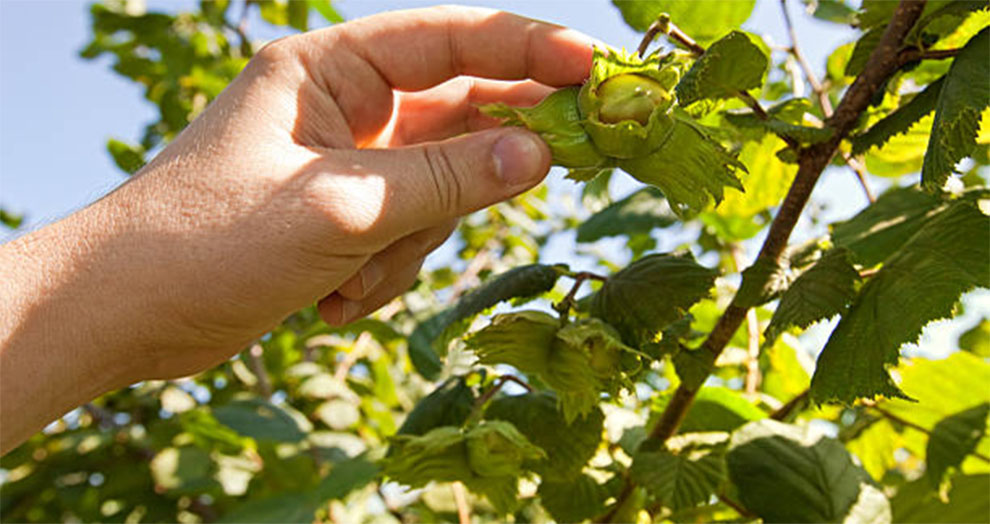
Hazelnuts, also known as filberts, are edible and are commonly consumed as a snack or used as an ingredient in cooking and baking.
However, the nuts that are directly picked from the tree are not typically ready to eat. The nuts are encased in a green or brown husk that needs to be removed before eating.
The nuts are usually harvested when the husk splits open and the nuts inside are fully developed and brown in color. This usually happens in late summer or early fall.
The nuts are then typically cleaned, dried and stored before being consumed, or processed into hazelnut butter, chocolate, or other food products.
Eating raw hazelnuts directly from the tree is not harmful, but they are not fully developed and might not have the best taste or texture.
What About Growing Hazelnuts in Containers? Do They Live the Same?
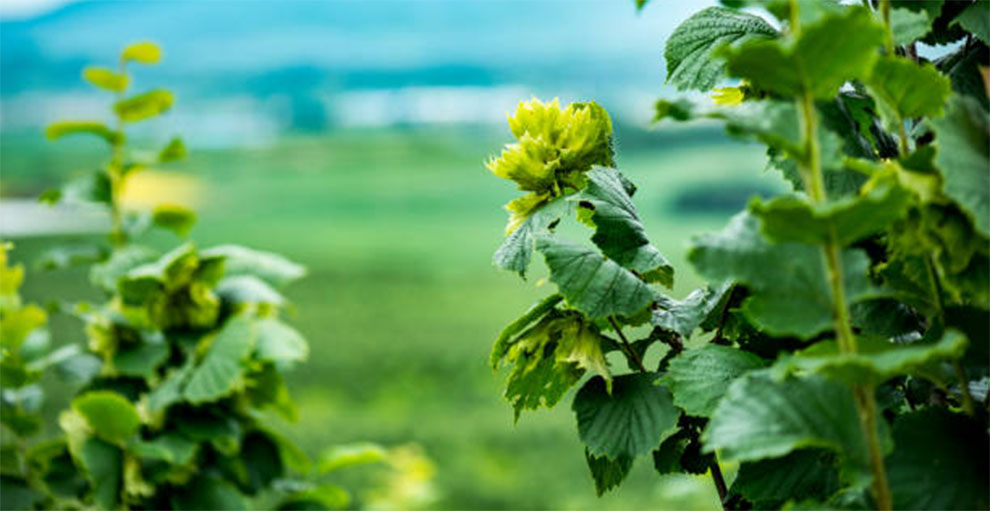
How long do hazelnut trees live in containers is more or less similar to hazelnut grown in ground.
But it can be more challenging to grow hazelnut in pots than growing them in the ground. Hazelnuts are typically slow-growing trees that can reach up to 20 feet in height and spread, so they will need a large container to accommodate their size.
When grown in a container, hazelnuts will have limited space for their root system, which can affect their overall growth and productivity. The tree will also need to be repotted into a larger container as it grows, and the container will need to be kept in a location that provides the appropriate light and temperature conditions for the tree.
Additionally, container-grown hazelnut trees will be more susceptible to drying out, so regular irrigation and fertilization are necessary to keep the soil moist and nutrient-rich.
Container-grown hazelnut trees will also be more susceptible to pests and diseases, so it’s important to keep an eye out for any symptoms of problems and take action promptly.
Overall, growing hazelnuts in containers are possible, but it requires more maintenance and care than growing them in the ground, which may affect the overall growth, productivity, and lifespan of the tree.
Parting Word…
A hazelnut tree in your garden can add color and beauty to your outdoors. On top of it, planting these trees is not a task though you need to make some effort in the maintenance department.
They live long enough to provide you with nutritious and delicious nuts.
